Author: Guest
-
What Conditions Might Generate a Social Preference for Polygamy?
Guest post by Paul Burnham What Conditions Might Generate a Social Preference for Polygyny? Introduction During the occasional discussions of polygyny in Church literature and on the Bloggernacle, I see two competing narratives—a religious narrative and a romantic narrative. In the religious narrative, God’s will must always prevail and on occasion His will has…
-

John Turner, Joseph Smith, and Plate Mythicism
Guest post by Stephen Smoot Did Joseph Smith actually possess gold plates? This question has intrigued historians, skeptics, and believers ever since Joseph first described the origins of the Book of Mormon. Richard L. Bushman’s recent book, a “cultural history” of the plates, traces how they have functioned as both historical artifact and sacred symbol…
-
Practical ways to cultivate resilience and gratitude
Guest post by Fotini Tzouveleki Life is not always sunshine and rainbows. Most of the times, things do not get your way. You might find out that your friends have been mean behind your back or that your boss is planning to fire you. However, there are ways to build resilience so strong, it can…
-
The Genesis Creation Accounts: Thoughts on “Revealed Truths,” “Inspired Editors,” and Privileged Texts in the Latter-day Saint Tradition
Guest post by Joseph Green I’ve been reading with interest the new book on evolution published by BYU’s College of Life Sciences, The Restored Gospel of Jesus Christ and Evolution. (While the print version has yet to be released, a free copy of the PDF is available now on the college’s web site.) As someone…
-
Advancing Technology And A Young Earth
I previously argued in Public Square Magazine that advancements in AI may be making a compelling secular case for the existence of God. Following on from that article, I’d like to explore another related topic.
-

All Indians Today Descend From Lehi
As the children of Lehi and Sariah intermarried with first Ishamel’s offspring and then their children intermixed with the natives of the Americas, what has been the result genetically after 2,600 years? Are the American Indians encountered by the Europeans in 1492 and beyond also descendants of Lehi and Sariah?
-
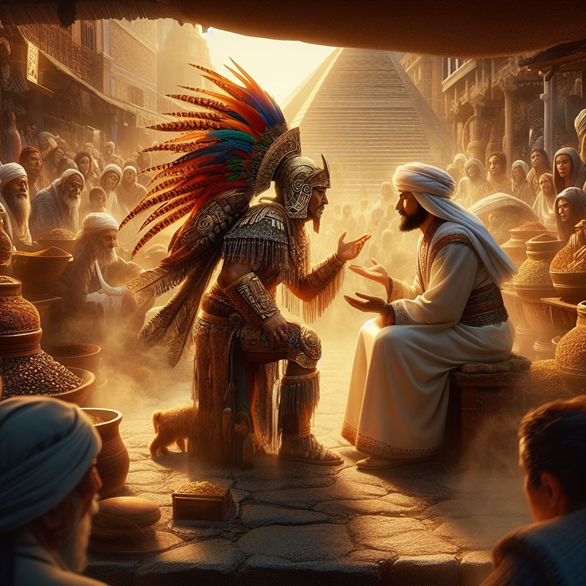
Sherem the Native American
Despite keeping the name-title of the Nephite founder in their royal name, the outsized positive influence of that prophet-king and founder of the Nephites was clearly quickly missed. “The people of Nephi, under the reign of the second king, began to grow hard in their hearts, and indulge themselves somewhat in wicked practices,” Jacob lamented…
-

Nephite Succession Crisis
It was a coup (or divine providence) that Nephi and his brothers Jacob and Joseph were able to assert themselves as religious leaders in this new land, spiritually guiding thousands who were already in the Americas. Emerging as the political leaders of this large, mostly non-Jewish People of Nephi was trickier. Nephi’s inspired leadership, however,…
-

“All Those Who Would Go with Me”
As the Lehites increasingly mingled with the locals, there eventually arose a division, accelerated upon the death of their patriarch Lehi. Part of Lehi’s family (led by Laman) was attracted to a hunting and gathering lifestyle. Likely, this way of life was common among the Native Americans they were interacting with in the Land of…
-
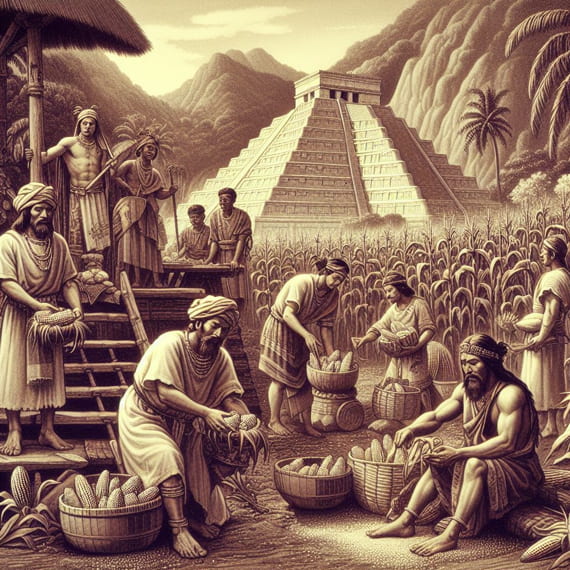
Lehi’s Thanksgiving
I envision Lehi and his family encountering some curious native villagers near their initial landing beach in the Promised Land. I can imagine that the first Native Americans to see these strangers from the Middle East sailing to their shores in a vessel larger than any canoe may have viewed them as gods. From Christopher…
-
The Tribes that Greeted the Lehites
As we read the Book of Mormon, we will better appreciate its authenticity if we see its stories in the context of the Nephites and Lamanites continuously bumping up against Native American tribes who were already in the Americas. The Promised Land was not an empty land, as many throughout Church history sometimes imagined. In…
-
The Merger of Mormonism and Right-Wing Evangelism
During the first half of the 20th century, Mormons were not only proud of their Church, but were proud to be Americans. Mormons tended to vote in similar ways to residents of the rest of the country. Thirty years later, in 2008, we moved back to Utah. What I found shocked me.
-
“What about Agency?” – Should Latter-day Saints Be Pro-Choice?
“I’m pro-choice because I believe in agency.” “Women should be free to choose.” “I’m personally pro-life, but other people should have the ability to choose abortion.” I hear these comments all the time from members of The Church of Jesus Christ of Latter-day Saints. Many loud voices popularize these claims; even prominent Latter-day Saint voices…
-
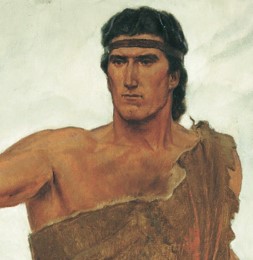
Misinterpreting “Large in Stature”
By Mike Winder When Nephi says he is “large in stature” does that mean he is merely “tall and muscular” or something else? Sometimes in the Bible stature means height, such as “a man of great stature” in 2 Samuel 21:20 speaking of the man born to the giant of Gath.
-
2024 Church History Symposium
2024 Church History Symposium “Shall the Youth of Zion Falter?” The Young Women?and Young Men Organizations of The Church of Jesus Christ of Latter-day Saints
-
The Gospel Plan of Happiness Explained in Movie Quotes
If we listen carefully, and squint hard enough, we can find the gospel plan hidden throughout Hollywood. There, on the big screen, we can find nuggets of truth, or at least, poetic lines to illustrate the plan of happiness. Consider:
-
2024 Call For Library Research Fellows In Mormon Studies, University of Virginia
The University of Virginia’s Mormon Studies Program is pleased to announce the inaugural award of the Aileen H. and Hal M. Clyde Research Fellowship in Mormon Studies and Gender. For the year 2024, as many as two fellowships of $2,500 will be awarded for research in the Gregory A. Prince Collection related to Mormonism and…
-
The Value of Education
Guest post by Caleb Griffin. Recently, I listened to an interesting round table discussion from leaders of the Church of Latter-day Saints of Jesus Christ on the value of education. Throughout the course of the discussion and the post-discussion lecture, the speakers seemed to place the value of education on its ability to bless the lives…
-
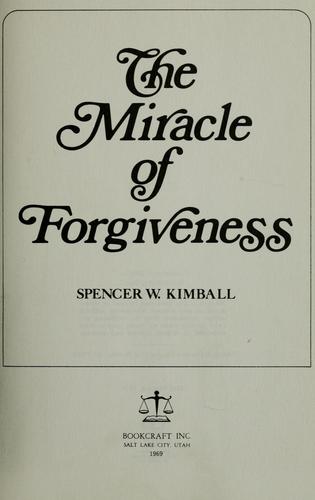
The Miracle of Forgiveness: Experiences from President Kimball’s Journal
Journal text selected by Dennis B. Horne. Some liberal dissidents of that day and this take issue with Elder Kimball’s book The Miracle of Forgiveness, thinking Elder Kimball to have been too hard and harsh on those who indulge in sin and won’t repent. For this reason I have included many diary entries documenting his…
-
Counseling Experiences from President Kimball’s Journal: 1971 – 1974
Journal text selected by Dennis B. Horne. Much of Spencer W. Kimball’s Apostolic ministry was devoted to working with and counseling members of The Church of Jesus Christ of Latter-day Saints that had committed “moral” sins.
-
Counseling Experiences from President Kimball’s Journal: 1966 – 1970
Journal text selected by Dennis B. Horne. Much of Spencer W. Kimball’s Apostolic ministry was devoted to working with and counseling members of The Church of Jesus Christ of Latter-day Saints that had committed “moral” sins.
-
Counseling Experiences from President Kimball’s Journal: 1960 – 1965
Journal text selected by Dennis B. Horne. Much of Spencer W. Kimball’s Apostolic ministry was devoted to working with and counseling members of The Church of Jesus Christ of Latter-day Saints that had committed “moral” sins.
-
Counseling Experiences from President Kimball’s Journal: 1943 – 1959
Journal text selected by Dennis B. Horne. Much of Spencer W. Kimball’s Apostolic ministry was devoted to working with and counseling members of The Church of Jesus Christ of Latter-day Saints that had committed “moral” sins.
-
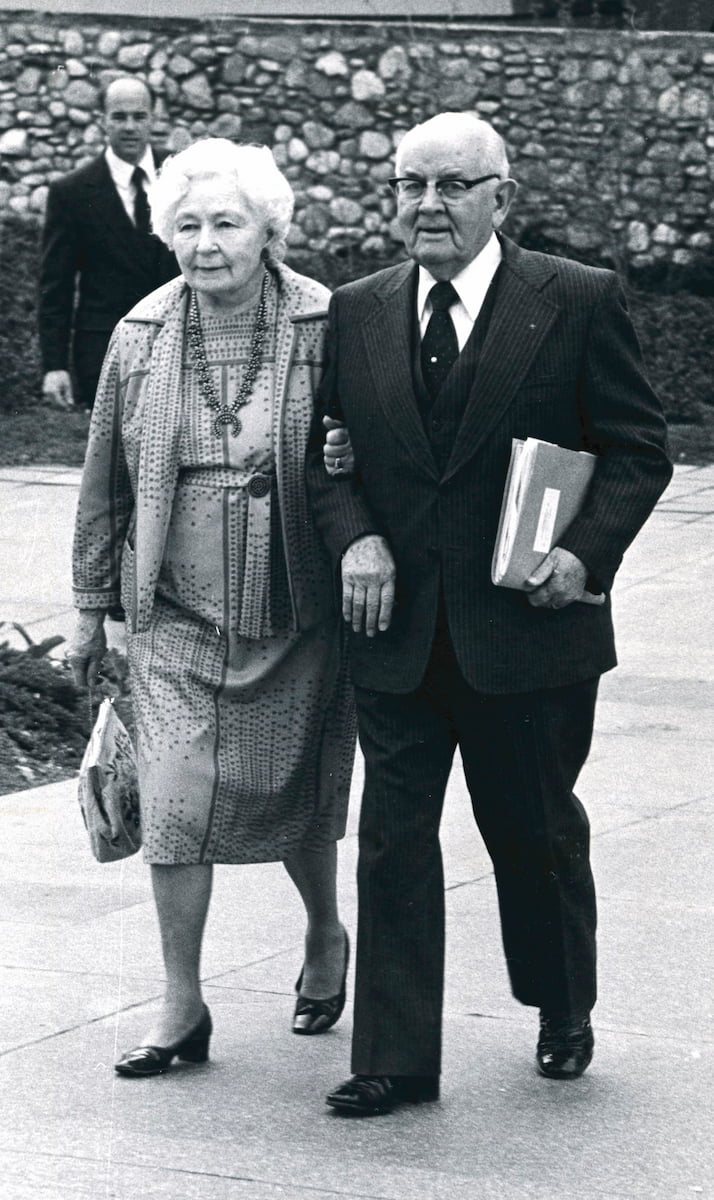
Memories: Inspirational Excerpts from The Journal of President Spencer W. Kimball
Compiled by Dennis B. Horne Editorial note: the below excerpts from President Kimball’s journal were selected because I find them to be extra uplifting and edifying, or otherwise special in some way. I did not include a date with them because when I encountered and chose them I was interested in precious spiritual experience and…
-
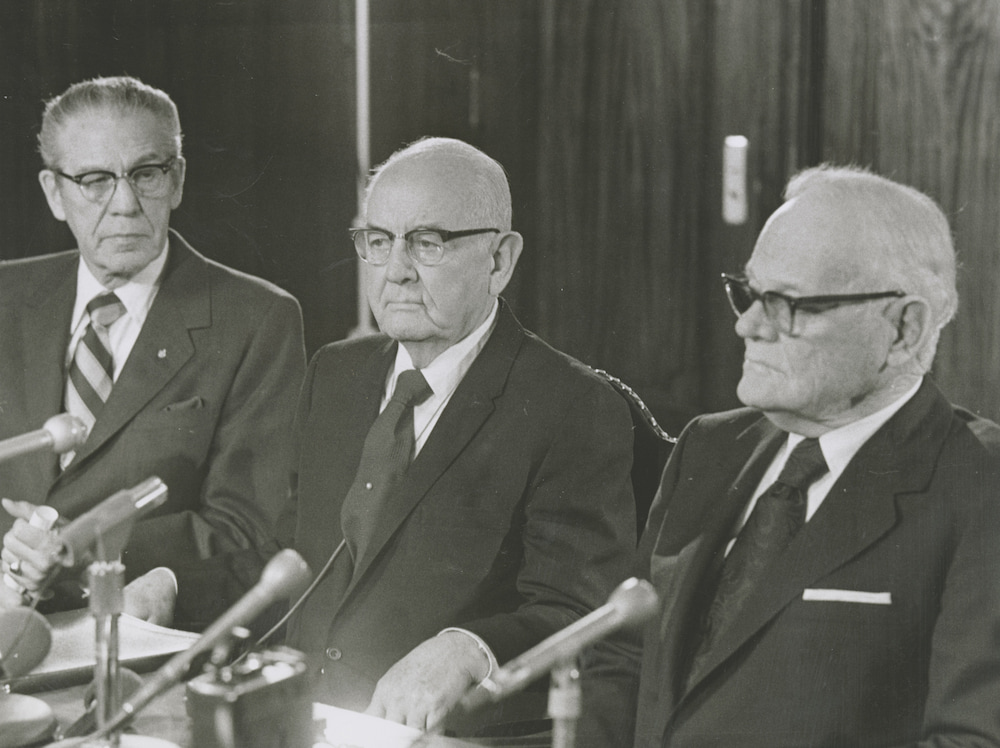
Meeting Church Leaders: Inspirational Excerpts from The Journal of President Spencer W. Kimball
Compiled by Dennis B. Horne Editorial note: the below excerpts from President Kimball’s journal were selected because I find them to be extra uplifting and edifying, or otherwise special in some way. I did not include a date with them because when I encountered and chose them I was interested in precious spiritual experience and…
-
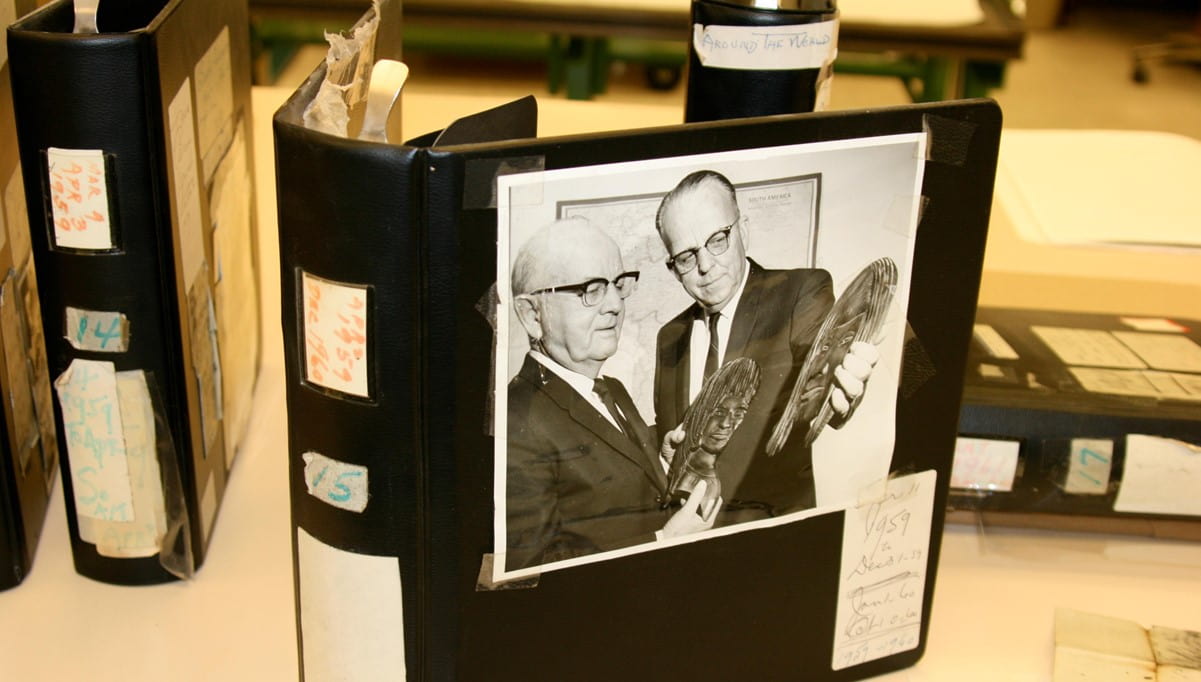
Presidents of the Church: Inspirational Excerpts from The Journal of President Spencer W. Kimball
Compiled by Dennis B. Horne Editorial note: the below excerpts from President Kimball’s journal were selected because I find them to be extra uplifting and edifying, or otherwise special in some way. I did not include a date with them because when I encountered and chose them I was interested in precious spiritual experience and…
-
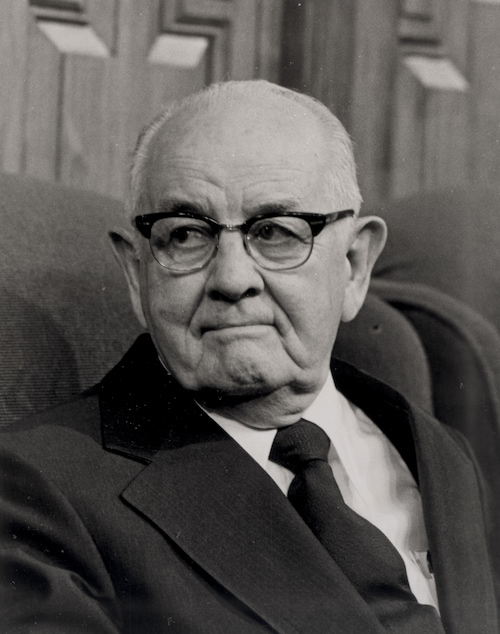
Inspirational Excerpts from The Journal of President Spencer W. Kimball, Part 1: Leadership
Compiled by Dennis B. Horne Editorial note: the below excerpts from President Kimball’s journal were selected because I find them to be extra uplifting and edifying, or otherwise special in some way. I did not include a date with them because when I encountered and chose them I was interested in precious spiritual experience and…
-
Redefining Apostasy: Building Bridges, Not Barriers, in the Face of a Faith Transition
The following is a guest post by Randall Davis. Amidst the tapestry of human experience, religious freedom–the right to worship in accordance with one’s own conscience–is a deeply-valued principle that forms the bedrock of much goodness in our world today. Having associated with people of various faith traditions over the years, I have seen the…
-
An MTC Experience
This excerpt comes from Under the Long White Cloud: A Missionary Memoir of New Zealand by Miles Farnsworth. It tells the story of a two-year Latter-day Saint mission, starting with President Thomas S. Monson’s historic policy announcement lowering the age of service for young men and women. The book is more a travelogue and coming-of-age story than…

